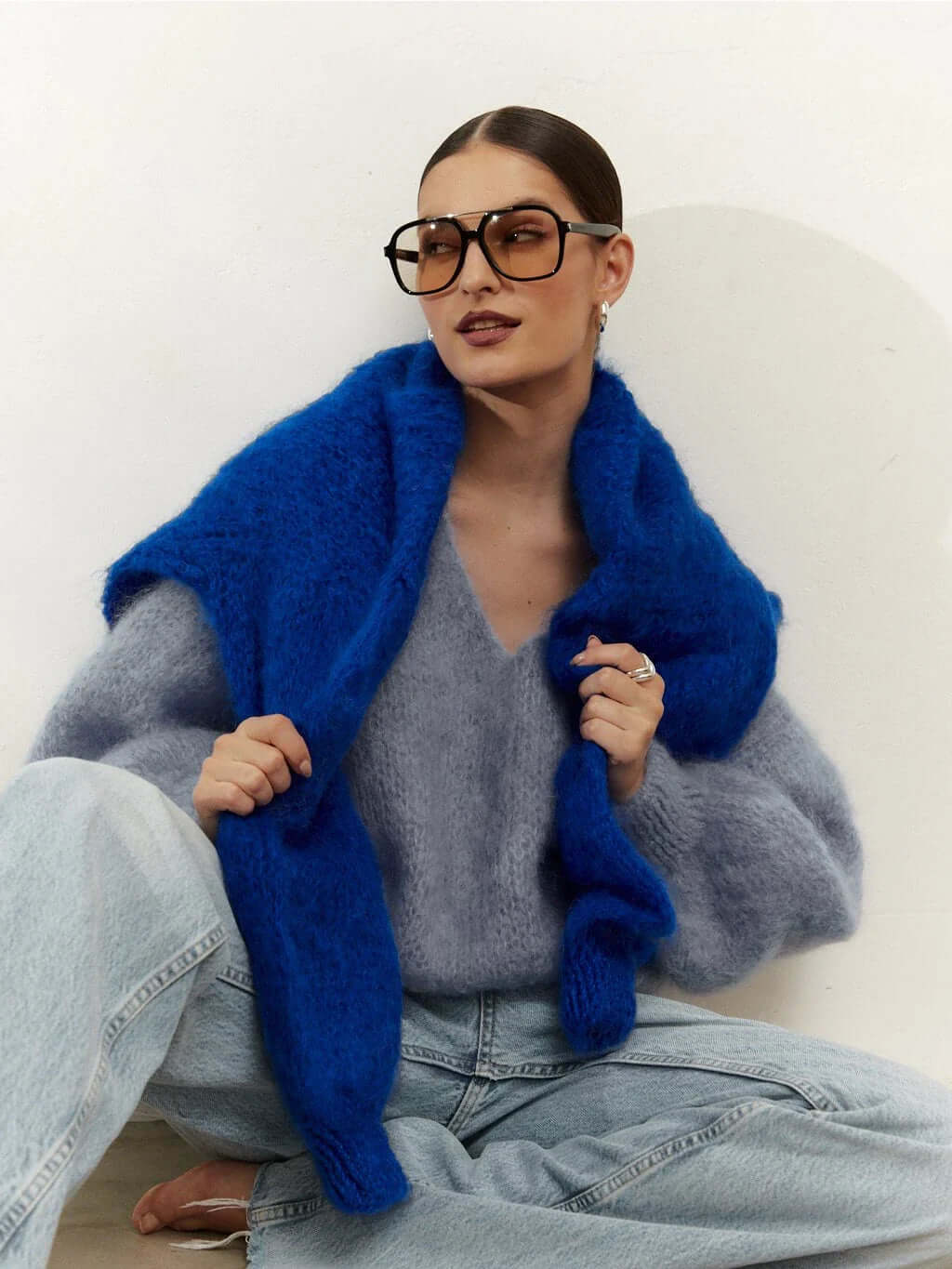The garment must be taken care of so that it lasts. Here we have collected care instructions that will hopefully give your garment more years of use. If you are unsure about the correct care of a product, please contact us and we will advise as best we can: info@rags.fi
For wool, silk and other materials that require delicate washing, choose a gentler detergent designed for them that does not contain bleaches and enzymes. Clothes containing silk and wool should not be soaked in water for a long time. The recommended washing temperature should be followed. Before washing, you should close the zippers and buttons, tie the ribbons and check that there is nothing extra left in the pockets.
Always dry natural fiber clothes inside, protected from sunlight that fades colors.
Silk | This luxuriously soft and breathable material is cool in summer and warm in winter thanks to its heat transfer ability. In many cases, just airing is enough if the garment does not have visible dirt stains or a very strong smell. However, the products need regular washing if they are used a lot. If necessary, we recommend the washing machine's hand wash program or gentle hand wash. Drying on a hanger, ironing when damp, preferably with a clothes steamer or iron with one point.
Lyocell, Tencel™ | Lyocell (Tencel™), responsibly made from cellulose, is a gentle choice for both you and the environment. As a material, lyocell is silky soft, durable and easy to care for. Lyocell products keep you warm in the cold and breathe in the warm. Fine washing inside out at 40 degrees is suitable for Tencel products and 30 degrees for Lyocell products. Lyocell products should not be soaked. Gently shape while damp. Prefer ventilation and drying in the open air, in a shady place, so that direct sunlight does not fade the colors. Ironing from the wrong side with one point.
Viscose | Viscose is a modified fiber made from cellulose, which, like lyocell, is durable and easy to care for. We recommend washing viscose products in the washing machine with a hand wash program at 30 degrees. (shrinkage max. 6%) Ironing with one point. Like lyocell, viscose must not be soaked and it is good to carefully shape it to its dimensions when wet. After washing, viscose may feel hard, but ironing or steaming restores the fabric's characteristic softness and returns the product to its original dimensions.
Viscose-elastane | We recommend washing products made of viscose-elastane with a 30-degree delicate wash program or the hand wash program of the washing machine. (shrinkage max. 6%) Ironing with one point. After washing, viscose may feel hard, but ironing or steaming restores the fabric's characteristic softness and returns the product to its original dimensions.
Cotton | We recommend washing 100% cotton products inside out at 30 degrees. Form the product while wet. Ironing with one point. In printed products, ironing is turned inside out.
Cotton-elastane | We recommend washing college products with a 30-degree delicate washing program, turned inside out and styling while damp. Iron the sweater product with a maximum of two points from the wrong side. For patterned products, choose a liquid detergent intended for colored laundry.
Cupro | As a material, cupro is silky soft, and it doesn't conduct much electricity. We recommend washing Kupro products with a 30 degree delicate wash inside out. Primarily, we recommend airing in the open air, in a shady place so that direct sunlight does not fade the colors. Ironing from the wrong side with one stitch.
Merino wool | Wool naturally repels dirt and bacteria, and simply airing it is often enough to treat it. Wool that needs water washing requires a gentle 30 degree wool wash and drying level. Soft wool has a tendency to accumulate small lint, but it can be easily removed by hand or with the best friends of wool products, a cashmere comb and a lint cutter. Preferably keep woolen products mowed and protected from insects.
Mohair | Mohair fiber is sensitive to wear, so the sweater should be washed very rarely and brushed sparingly with a coarse lint stone or mohair brush. Try to remove stains locally with marseille or gall soap. Wash, if necessary, wash the product with a wool washing program and dry flat.



